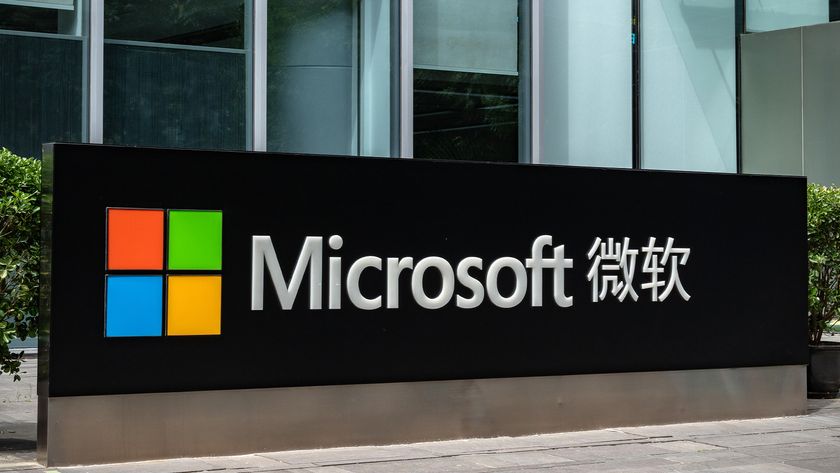PerformanceHTC has skimped on memory and RAM with previous devices such as the HTC Sensation, which was a flagship handset, but came with only 1GB of internal storage and 768MB of RAM.
The specifications list of the One S places it in a similar category to the Samsung Galaxy S II, which is still seen as one of the best performing Android devices on the market despite being almost a year old.
HTC has packed in a 1.5GHz dual-core Qualcomm MSM8260A Snapdragon processor and 1GB of RAM. The 16GB of internal memory is enough for most users and is complemented by the 25GB Dropbox allowance. This is also the reason why HTC has ditched microSD card support.
Key Specifications
OS: Android 4.0 Ice Cream Sandwich with HTC Sense 4Processor: 1.5GHz dual-core Qualcomm MSM8260A Snapdragon Storage: 16GB internalScreen: 4.3in (540 x 960) Super AMOLEDConnectivity: 802.11 b/g/n, Bluetooth 4.0, DLNA, micro-USB
Wireless connectivity comes in the form of Bluetooth 4.0, DLNA and Wi-Fi. NFC has been left out, but this is yet to have any major business benefits so is not a big miss.
In terms of performance, Qualcomm is confident its dual-core handset is capable of out-performing NVIDIA's Tegra 3 quad-core processor, which is found in the flasgship HTC One X.
Independent benchmarks are inconclusive. In the Geekbench app, which tests the processor and memory performance, the One S racked up a score of 686, compared to 709 for the quad-core One X. This may suggest the One X is the faster device, but this isn't the case in all processes.
In the Sunspider benchmark test, which measures the speed it takes to load a webpages, the One S was a tad faster with a time of 1846.9ms, compared to 1977.9ms for the One X.
Benchmarks aside, it is real-world performance which counts. The Qualcomm-based One S delivered identical performance to the One X when it came to opening/using apps and video playback. You are not likely to notice any differences in performance.













